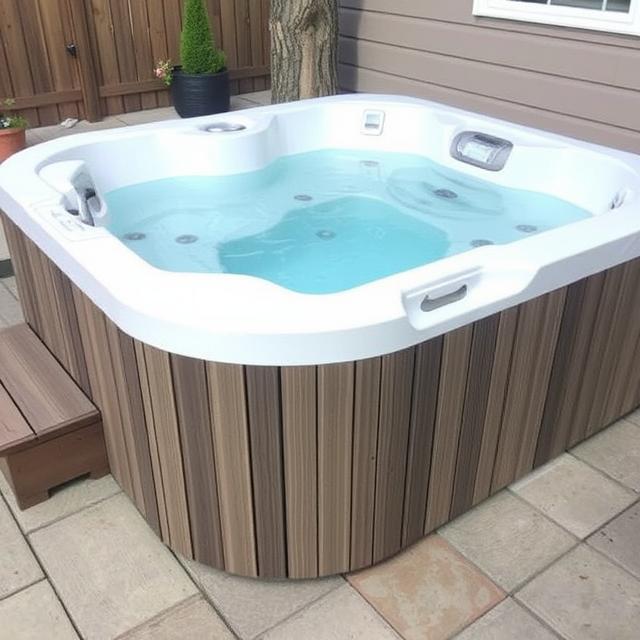
Running an adventure park comes with serious responsibility, where the goal is to keep people safe. One small piece of gear plays a significant role in this: the zipline lanyard. It connects the rider to the cable system and holds their weight throughout the ride. Using the wrong lanyard can cause problems for both the rider and your team. That’s why it’s important to choose the right one. With so many types available, it helps to know what to look for. This article breaks it down in simple terms so you can make a smart and safe choice.
What Is a Zipline Lanyard?
A zipline lanyard is a strong, flexible strap that connects the rider’s harness to the zipline trolley. It helps keep the person secure during the ride. Most lanyards also provide some shock absorption, which softens any sudden pull or force. Some lanyards are short and straightforward. Others have additional features, such as backup clips, stretch webbing, or energy-absorbing parts.
Different Types of Zipline Lanyards
Each type serves a specific purpose. Some lanyards have one leg, while others have two legs for added safety. The single-leg type is more common and often used on basic setups. Double-leg lanyards let the rider switch between lines without ever being detached. For adventure parks, it’s best to use lanyards specifically designed for commercial use. These usually come with locking carabiners and high weight capacity ratings.
Size and Length Options
Length affects comfort and function. Most zipline lanyards come in sizes ranging from 18 to 48 inches. Shorter lanyards keep riders closer to the cable, which limits swing and helps maintain control. Longer lanyards offer more freedom of movement but can create slack. Always match the lanyard length to the height of the zipline trolley and rider’s harness.
Material and Build Quality
Stronger materials give you more safety. Choose lanyards made from durable materials, such as nylon or polyester webbing. These materials resist tearing and last longer. Look for reinforced stitching at stress points. Some high-quality lanyards also come with protective sleeves that prevent cuts or damage during use. These features help your gear last longer.
Certifications and Safety Ratings
Never ignore safety labels and approvals. Reliable zipline lanyards should meet safety standards, such as those set by ANSI, CE, or EN. These results indicate that the lanyard was tested under strict guidelines. Also, check the lanyard’s load capacity. Most good ones support over 5,000 pounds of force. That’s more than enough for any rider, but it adds a layer of protection.
Inspection and Replacement
Don’t wait for a failure to fix things. Check your lanyards often for any signs of damage. Watch out for frayed edges, rusted clips, or stretched-out webbing. If something looks off, replace it right away. Keeping old or damaged gear increases the risk of an accident.
Conclusion
Selecting the right zipline lanyard is not just about ticking boxes. It’s about protecting your guests and ensuring every ride goes smoothly. Focus on length, material, certifications, and build quality. Always check your gear before use and replace it when worn out. A well-chosen lanyard lasts longer and builds rider trust. With the right setup, your adventure park stays safe and ready for action every single day.

